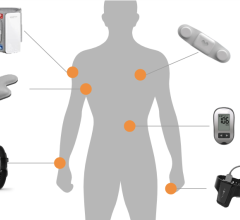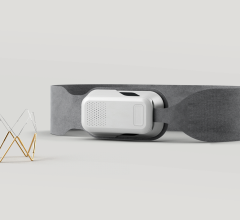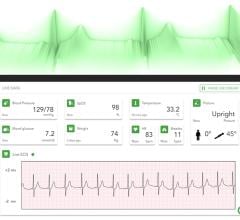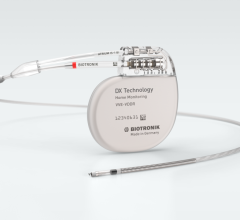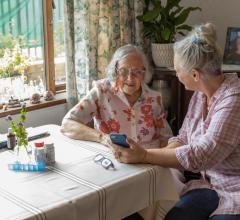
October 16, 2009 – BIOTRONIK yesterday said it recently received the Industry’s first European CE Mark approval so BIOTRONIK Home Monitoring can replace in-hospital device follow-up visits.
BIOTRONIK Home Monitoring is a wireless, mobile, remote monitoring system for patients with implantable cardiac devices. This newly authorized EU approval is based on the landmark TRUST Trial (1, 2) that proved that BIOTRONIK Home Monitoring can safely and effectively replace conventional in-hospital device follow-up visits. Patients can be remotely monitored securely through the BIOTRONIK Home Monitoring wireless system with only one annual in-clinic visit. In addition, the TRUST trial also demonstrated that BIOTRONIK Home Monitoring with its automatic daily surveillance provides early detection and notification of both symptomatic and asymptomatic arrhythmic events and device system anomalies allowing for earlier physician intervention than conventional in-hospital follow-ups.
By extending the time between routine in-hospital visits for periods up to 12 months, remote device follow-up with BIOTRONIK Home Monitoring reduces the number of physician consultations in often overburdened cardiology hospitals without negatively impacting patients’ quality of care or safety. Physicians and clinic staff benefit from reduced workloads for routine cases, which allow them to afford greater attention to patients who urgently require a consultation for diagnostics and treatment. These new approvals are applicable across the entire BIOTRONIK product portfolio of pacemakers, implantable cardioverter defibrillators (ICD) and cardiac resynchronization therapy (CRT) devices with BIOTRONIK Home Monitoring.
BIOTRONIK’s Home Monitoring technology has also just been nominated for the prestigious German Federal President’s “Deutscher Zukunftspreis” (German Innovation Award) for its pioneering achievement in medical technology.
For more information: www.biotronik.com
References:
1. N. Varma et al. “Evaluation of efficacy and safety of remote monitoring for ICD follow-up: the TRUST trial.” Circulation 2008; 118;2309-2317, Abstract 4078.
2. N. Varma, et al, European Heart Journal 2009; 30 (Abstract Suppl.) Nr. 1909, P1656.


 April 29, 2025
April 29, 2025 


